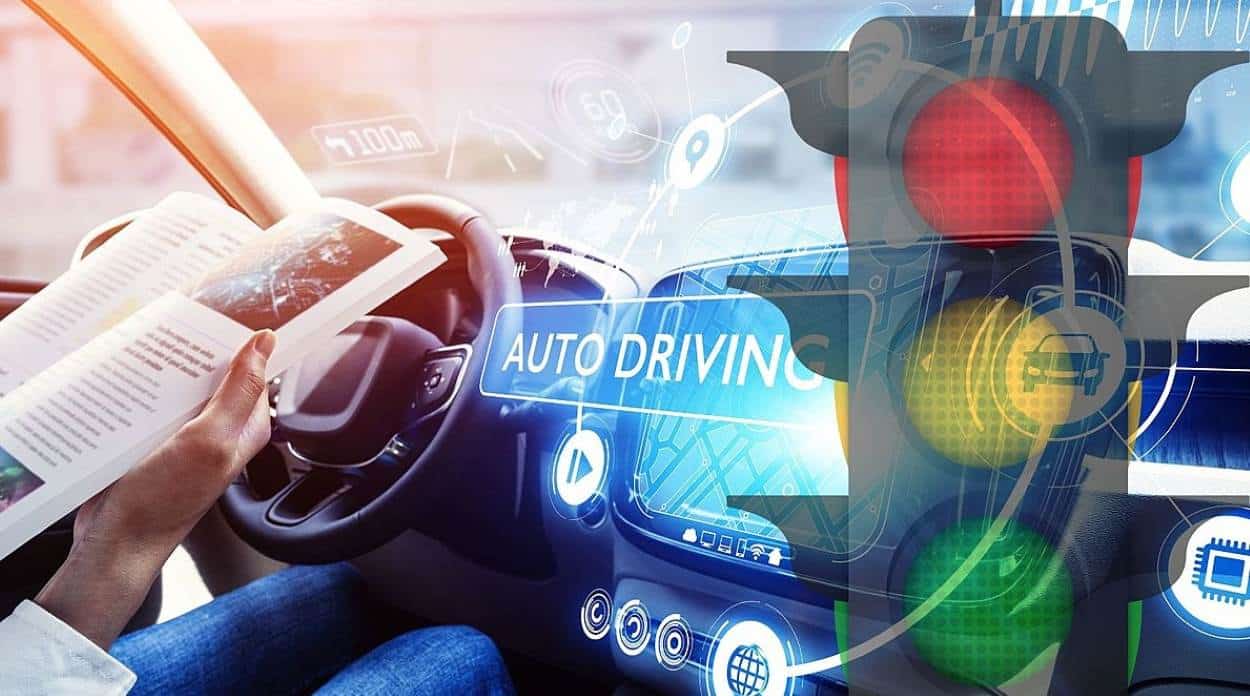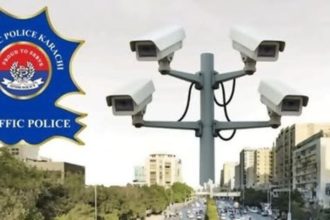Traffic lights may soon include a new colour designed for autonomous vehicles (AVs).
As reported by Metro UK, traditionally, traffic signals feature red, yellow (also known as amber), and green lights, a standard in place globally for over a century. However, as AV technology advances, researchers from North Carolina State University are proposing the addition of a “white light” to facilitate more efficient communication between self-driving cars and human drivers.
Currently, completely driverless cars are not allowed on most roads, with AVs like those from Waymo in California and Arizona approaching the fifth level of autonomy, or SAE4. In the UK, the Automated Vehicles Act could permit AVs as early as 2026, indicating a future where autonomous and human-driven vehicles will share the road.
The proposed “white phase” would involve a new signal instructing human drivers to follow the vehicle ahead of them. “The white phase concept integrates a new traffic signal, so human drivers are clear on their actions. Red lights will still signify stop and green lights go, while white lights will guide human drivers to follow the lead car,” explained Dr Ali Hajbabaie, the study’s lead researcher.
Dr. Hajbabaie’s team conducted various computer simulations to test how this system could enhance travel time, fuel efficiency, and safety. Their findings, published in the Journal of Computer-Aided Civil and Infrastructure Engineering, suggest that AVs could communicate wirelessly with each other and with traffic management systems to coordinate movement at intersections. This coordination would activate when a significant number of AVs are present, allowing non-automated vehicles to follow the lead of those ahead under the guidance of the white light.
While the innovative white light concept promises to improve traffic efficiency for vehicles and pedestrians, the traditional traffic light colours will remain used until autonomous vehicles become nearly ubiquitous. “If we reach a point where AVs are nearly universally adopted, our models indicate that intersection delays could be reduced by more than 25%. Even with a lower percentage of connected AVs, we’d still see significant traffic flow improvements, ” the scientist added.






